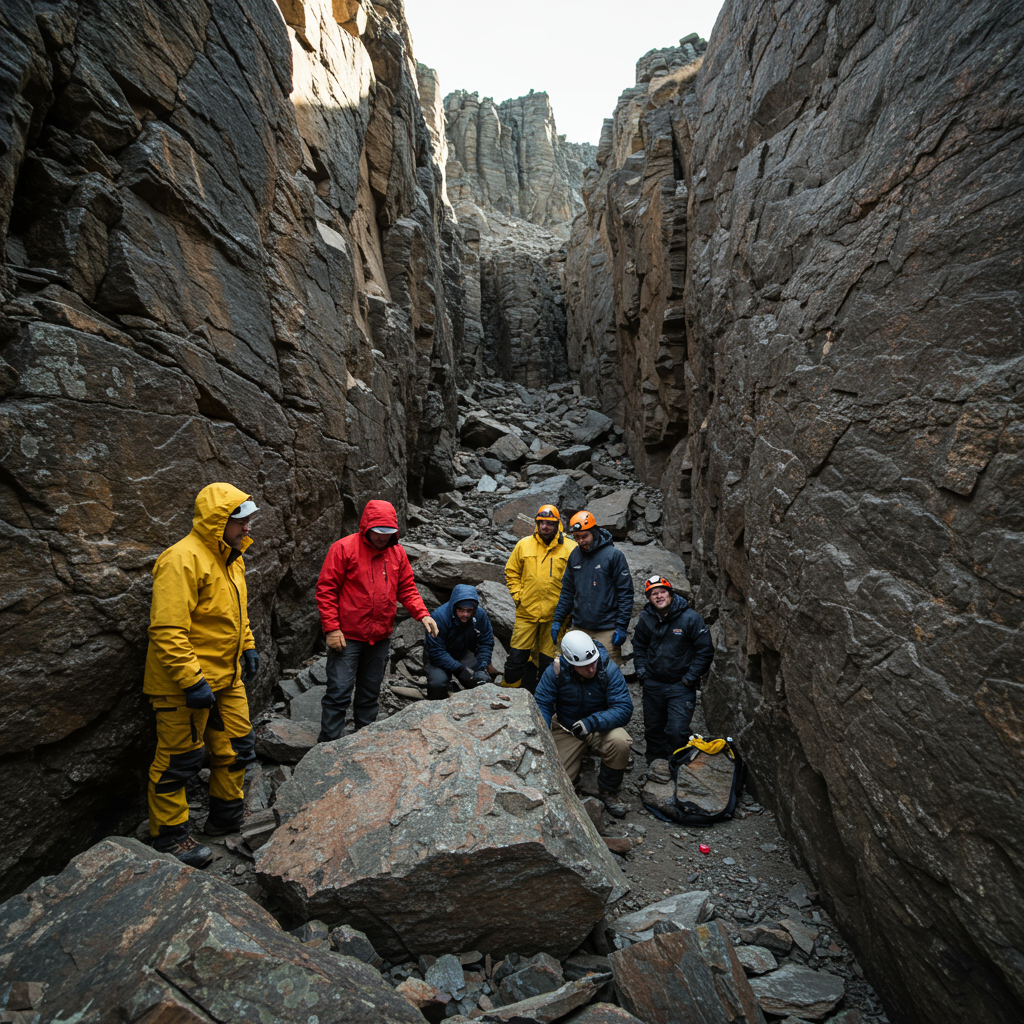Deep beneath the frozen expanse of Antarctica, an intriguing scientific mystery is unfolding. The Antarctic Impulsive Transient Antenna (ANITA) experiment, a project involving researchers like Stephanie Wissel from Penn State and international collaborators, has detected unusual radio signals that appear to originate from below the ice. This discovery has left physicists puzzled, as these signals defy conventional explanations within the current understanding of particle physics.
What is the ANITA Experiment?
The ANITA experiment utilizes balloon-borne instruments floating high above the South Pole’s ice sheet, typically around 40 kilometers (29 miles) in altitude. Its primary mission is to listen for radio waves produced by extremely high-energy cosmic rays or neutrinos interacting with the Earth’s atmosphere or the ice. Neutrinos are particularly elusive, weakly interacting particles that can travel vast distances across the universe, potentially carrying clues about distant cosmic events. ANITA is specifically designed to capture the rare radio emissions generated when these particles interact.
The Anomalous Signals: A Deep Ice Mystery
During its observations, ANITA detected a handful of bizarre radio pulses. What makes these signals so perplexing is their apparent trajectory. Instead of coming from above or horizontally, as expected from typical cosmic ray or neutrino interactions, these signals seemed to emerge from below the Antarctic ice surface. Researchers calculated that these signals arrived at steep angles, approximately 30 degrees below the horizon.
According to standard physics models, for radio waves to reach the detector from such a direction, they would have had to traverse thousands of kilometers of solid rock and ice beneath Antarctica. The challenge? Radio waves interacting with such dense matter over vast distances should be absorbed, rendering them undetectable. The fact that these signals were detected coming from below presents a significant paradox.
Not Your Typical Neutrino
Given ANITA’s focus, neutrinos were initially considered as a potential source. However, detailed analysis of the detected pulses showed characteristics that do not align with those predicted for neutrino interactions, even the high-energy tau neutrinos that ANITA is sensitive to. Stephanie Wissel has stated that these anomalies are “very likely not neutrinos.”
Further analysis compared the ANITA findings with data from other major particle physics observatories, including the IceCube Neutrino Observatory (also located in Antarctic ice) and the Pierre Auger Observatory. Neither of these facilities detected similar upward-going events, further supporting the conclusion that the signals are not from known particle interactions that might have been observed elsewhere, and limiting some theoretical possibilities like certain dark matter scenarios.
Why These Signals Defy Physics
The core of the mystery lies in the angle and the journey. Standard particle physics models and radio wave propagation predictions don’t account for signals of this type originating from deep within or below the Earth’s crust in Antarctica and reaching the surface detectors. The lack of corroborating evidence from other experiments reinforces that these aren’t simply a known cosmic phenomenon or an easily explained background event. Scientists openly admit they “don’t actually have an explanation” that fits within the established Standard Model of particle physics.
Searching for Answers: The PUEO Detector
This unexplained anomaly has spurred significant interest and further research. While theoretical possibilities abound, including speculation about new types of particles, interactions involving dark matter, or poorly understood radio propagation effects near the ice, the scientific community is focused on gathering more data.
To this end, a new, more sensitive detector named PUEO (Payload for Ultrahigh Energy Observations) is under development. Building on ANITA’s technology, PUEO aims for enhanced capabilities to detect more neutrino signals and, crucially, to shed more light on the nature and origin of these puzzling upward-coming anomalies. Researchers are hopeful that increased sensitivity will provide the data needed to finally solve this deep ice mystery and potentially uncover entirely new physics.




